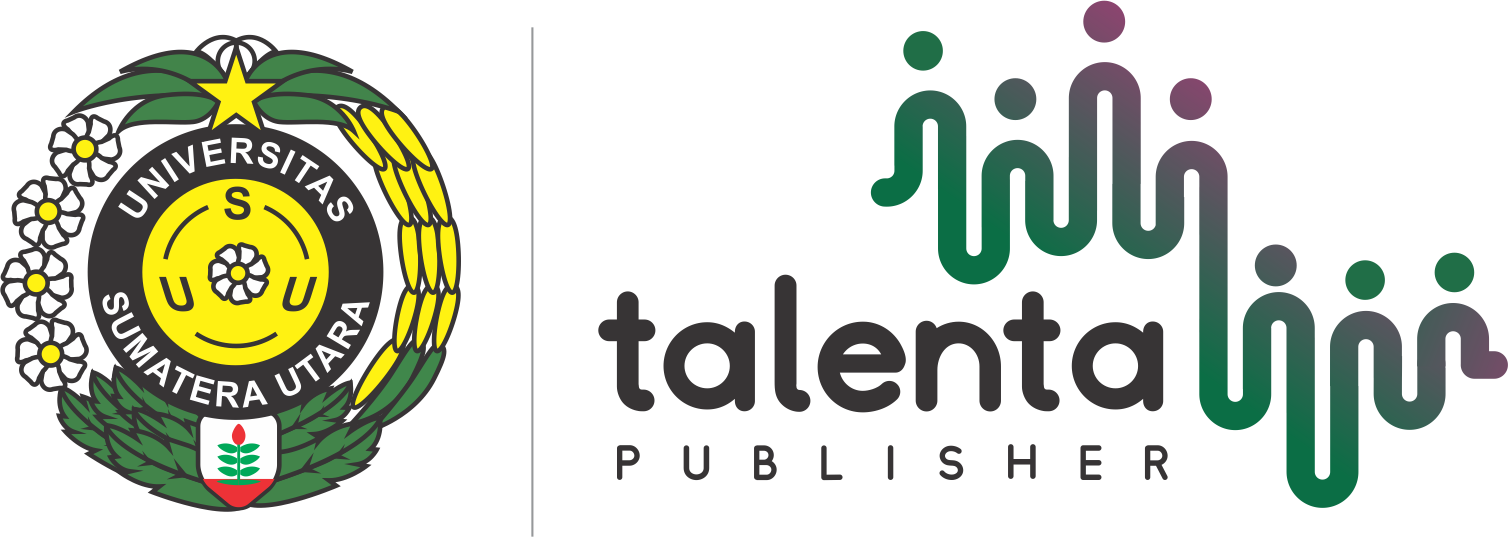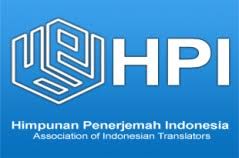Metaphors of Anger in Contemporary Bahasa Indonesia: A Preliminary Study
DOI:
https://doi.org/10.32734/lingpoet.v1i1.4694Keywords:
metaphor, anger, Bahasa IndonesiaAbstract
According to “the†definition, metaphors conceptualize an abstract noun (i.e. a noun that is relatively burdensome to construe like ‘anger’, ‘love’, ‘life’, etc.) through a concrete one / ones. The first domain is called target, the latter is called source; and the link (mapping) between these two is based upon (1) a perceptual or / and (2) a culture-bound association. A prime example of a mixed type association could be sometimes, life (abstract) is like a boxing match (concrete): you have to push through life’s hardships! Although voluminous data about the metaphors of anger in linguistically rather diverse languages (like Hungarian, American English, Spanish, etc.) are available, these publications do not cover the two linguæ francæ of the historical Nusantara, Bahasa Indonesia and Bahasa Melayu. According to the experts’ literature, anger is often and language-independently (!) conceptualized as ‘a substance in a container’, as ‘an opponent’, as ‘a weapon’ or as ‘an object belonging to someone’; however, the salience of these metaphors shows slight differences (Kövecses / Szelid / Nucz et al. 2015). In this paper, we will discuss whether anger is conceptualized similarly in Bahasa Indonesia. As there is a wide selection of words for anger / angry (marah, kesal, sebal, jengkel, gusar, ngegas, gondok, etc.) that represents diatopic and diastratic variations, and even semantic differences, we had conducted a frequency of occurrence analysis in Google to find the most salient term. Based on this very term, we performed interviews with ten native speakers, gathered metaphors, and, after a primary evaluation of the data, we classified them according to their respective metaphoric concept (‘substance in a container’, etc.). Subsequently, we also tried to identify culture- / language-specific metaphors or metaphoric patterns that yet cannot be found in the specialist literature, and looked at the reasons behind the existence of these metaphoric concepts.
Downloads
References
S. N. Garfinkel, E. Zorab, and N. Navaratnam, “Anger in brain and body: the neural and physiological perturbation of decision-making by emotion,†Social Cognitive and Affective Neuroscience, vol. 11, no. 1, pp. 150–158, 2016.
C. Lutz, “The domain of emotion words in Ifaluk,†American Ethnologist, vol. 9, no. 1, pp. 113–128, 1982.
Z. Kövecses, “The concept of anger: Universal or culture specific?,†Psychopathology, vol. 33, pp. 159–170, 2000.
Z. Kövecses, V. Szelid, and E. Nucz, Anger metaphors across languages: A cognitive linguistic perspective. Cambridge: Cambridge University Press, 2015.
T. Yuditha, “Indonesian Metaphorical Conceptualizations of ANGER, LOVE and HATE: An Overview.†.
R. Rashidin and N. H. Jalaluddin, “Metafora konsepsi emosi marah dalam data korpus teks tradisional Melayu,†presented at the Seminar Linguistik Kebangsaan (SLiK2015), Kuala Lumpur, 2015.
Z. Kövecses, Anger: Its language, conceptualization, and physiology. Mouton De Gruyer, 1995.
M. Aksan, “Metaphors of anger: An outline of a cultural model,†Mersin University Journal of Linguistics and Literature, vol. 3, no. 1, pp. 31–59, 2006.
Downloads
Published
How to Cite
Issue
Section
License
Copyright (c) 2020 LingPoet: Journal of Linguistics and Literary Research

This work is licensed under a Creative Commons Attribution-ShareAlike 4.0 International License.













